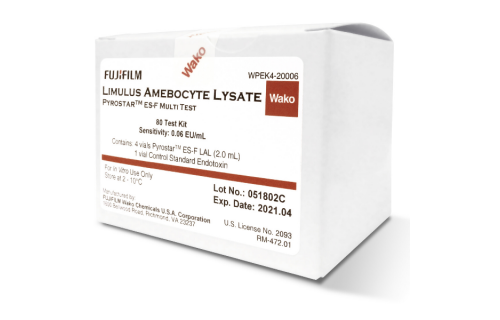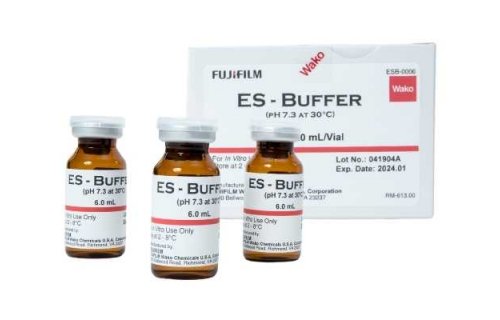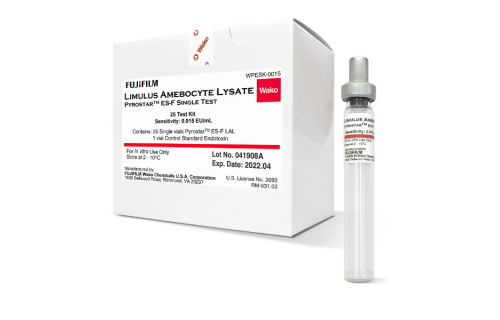Ensuring the Safety of Public Water from Endotoxin
The ongoing water crisis in Flint, Michigan, has exemplified the utmost importance of maintaining safe drinking water. While the water in Flint was contaminated by lead, this is only one of many possible contaminants that must be monitored in a city’s water supply to ensure its safety.
Among the most insidious potential contaminants is endotoxin, a component of the bacterial lipopolysaccharide complex. Endotoxin is produced by most Gram-negative bacteria and some cyanobacteria as part of their outer cell wall.
When introduced to the human body, the lipid A component of endotoxin is recognized by immune cells and can trigger dangerous inflammatory reactions. In some cases, these immune reactions can lead to sepsis and even death. As a highly potent pyrogen, even low concentrations of endotoxin can be potentially hazardous.
Endotoxin is resistant to many common oxidation or disinfection methods and may persist even in the absence of viable bacteria. As a result, there have been several documented incidents of endotoxin-related illness due to drinking contaminated water, including at least one confirmed death. The most common symptoms included fever, diarrhea, and vomiting. There have also been cases of inhalation of endotoxin-contaminated water in industrial settings or swimming pools, which led to a dry cough and increased risk of bronchitis.
An additional potential risk with contaminated drinking water is for hemodialysis facilities, which require large volumes of tap water to use in dialysis fluid. Although the water undergoes additional filtration before use, endotoxin contamination may persist. Contaminated dialysis fluid has led to at least 16 deaths in the U.S. alone.
Where does this endotoxin contamination come from? In many cases, it may arise from the water treatment process itself. Many water treatment facilities utilize biological activated carbon filtration. These filters contain active bacterial communities that remove dissolved organic carbon from the water. Most of the bacteria are Gram-negative and have been shown to be a significant source of endotoxin contamination.
However, the endotoxin introduced by biological activated carbon filtration can be removed by downstream treatment steps. Studies have found that chemical coagulation followed by rapid sand filtration is highly effective for removing endotoxin from drinking water, while chlorination and ozonation are only moderately effective.
To ensure that bacterial endotoxin is being efficiently removed from the treated water, it is crucial for water treatment plants to regularly test samples for endotoxin contamination. The most robust and widely used technique for this is the Limulus Amebocyte Lysate (LAL) assay.
The assay takes advantage of an enzyme cascade isolated from the hemolymph of horseshoe crabs. In the presence of endotoxin, the cascade initiates a rapid clotting reaction. The degree of clotting can be quantified with high accuracy and sensitivity through a variety of readouts. The LAL assay has been utilized for the testing of drinking water since the 1970s and remains the most popular option today due to its low cost and robust results.






